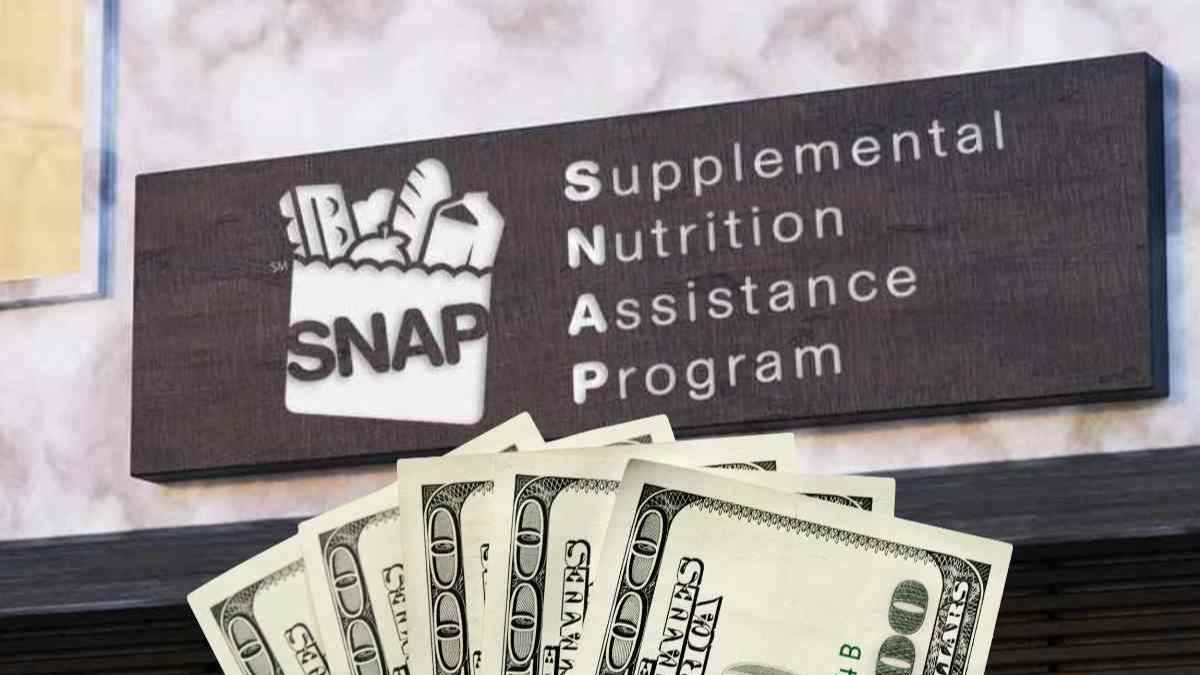The Supplemental Nutrition Assistance Program (SNAP) is going to start sending Food Stamps as early as July 1. As a matter of fact, some States like Vermont, Rhode Island, Alaska, and North Dakota will send all the money on the first day of the month. That is, there will be no other payments in these States.
On the contrary, if you live in Texas or Florida and receive SNAP, it can take up to July 28. Depending on the way your State administers Food Stamps, you may need to check your SSN, EDG, case number, and the first letter of your last name among many other things.
July Schedule: SNAP recipients get their EBT cards reloaded Food Stamps
- Alabama: July 4-23
- Alaska: July 1
- Arizona: July 1-13
- Arkansas: July 4-13
- California: July 1-10
- Colorado: July 1-10
- Connecticut: July 1-3
- Delaware: July 2-23
- Florida: July 1-28
- Georgia: July 5-23
- Guam: July 1-10
- Hawaii: July 3-5
- Idaho: July 1-10
- Illinois: July 1-10
- Indiana: July 5-23
- Iowa: July 1-10
- Kansas: July 1-10
- Kentucky: July 1-19
- Louisiana: July 1-23
- Maine: July 10-14
- Maryland: July 4-23
- Massachusetts: July 1-14
- Michigan: July 3-21
- Minnesota: July 4-13
- Mississippi: July 4-21
- Missouri: July 1-22
- Montana: July 2-6
- Nebraska: July 1-5
- Nevada: July 1-10
- New Hampshire: July 5
- New Jersey: July 1-5
- New Mexico: July 1-20
- New York: July 1-9
- North Carolina: July 3-21
- North Dakota: July 1
- Ohio: July 2-20
- Oklahoma: July 1-10
- Oregon: July 1-9
- Pennsylvania: July over the first 10 business days of the month (holidays & weekends excluded)
- Puerto Rico: July 4 – 22
- Rhode Island: July 1
- South Carolina: July 1-10
- South Dakota: July 10
- Tennessee: July 1-20
- The District of Columbia: July 1-10
- The U.S. Virgin Islands: July 1
- Texas: July 1-28
- Utah: July 5, 11 and 15
- Vermont: July 1
- Virginia: July 1-7
- Washington: July 1-20
- West Virginia: July 1-9
- Wisconsin: July 1-15
- Wyoming: July 1-4
What are the income, work, and residency requirements to qualify for the maximum SNAP benefit?
To qualify for the maximum SNAP benefit, you must meet the following income, work, and residency requirements:
Income Requirements:
Your household’s gross monthly income must not exceed 130% of the federal poverty line for its size. For instance, a family of 3 in 2024 should earn $2,694 or less per month ($32,328 annually).
Allowable deductions that can reduce your gross income to determine net income include:
- There is a 20% earned income deduction.
- The standard deduction is based on household size.
- There are dependent care deductions for employment or education.
- The medical expense deduction is for costs over $35/month for elderly or disabled members.
- Child support payments are deductible.
- There is a homeless shelter allowance.
- Shelter expenses include rent, mortgage, taxes, and utilities.
Work Requirements:
Generally, adults without dependents must work or join a program for 80 hours monthly to get SNAP for more than 3 months in 3 years. However, this rule doesn’t apply to children, seniors, pregnant women, or those with health issues.
Residency Requirements:
You must be living in the state where you are applying for benefits. Proof of residency can include a lease, driver’s license, or statement from another individual.
How can SNAP beneficiaries check the status Food Stamps of their EBT card reload?
- Check your EBT balance on the receipt. Stores often print it after a SNAP purchase. Keep your receipts to track your balance easily.
- Use your state’s mobile app or website. Many states offer these services. They show your EBT balance and transactions. In Virginia, use the ConnectEBT app or www.connectebt.com.
- Call EBT customer service. Dial the toll-free number on your card. Enter your card number. Then, you’ll hear your balance. In Virginia, the number is 1-866-281-2448.
- Check your balance at a store’s POS device. Some stores have these machines in the customer service area. Swipe your card to see your balance before shopping.
- Contact your state’s SNAP office. Call or visit to ask about your balance and reload times.
Every month, SNAP benefits are added to your EBT card on a set date, even on weekends and holidays. This date is linked to your case number. Before shopping, check your balance to ensure it covers your purchase. If not, you can pay the difference with another method. If your EBT card is lost or damaged, contact customer service right away. They’ll deactivate it and issue a new one.
SNAP maximum amounts in the 48 contiguous States
If you meet all the income, work, and residency requirements, you can get up to $1,751. This is the maximum Supplemental Nutrition Assistance Program benefit amount for 8 people.
SNAP beneficiaries who have other sources of income may get a reduction. Therefore, they may get lower payment amounts. For example, the average Food Stamp payment for 2 is just $372, while $535 is the maximum.
A family of 4 can obtain a SNAP check worth up to $973, or about $713 on average. Even if you do not need Food Stamps, you may want to help someone who needs food assistance. So, help them apply for these monthly payments.




